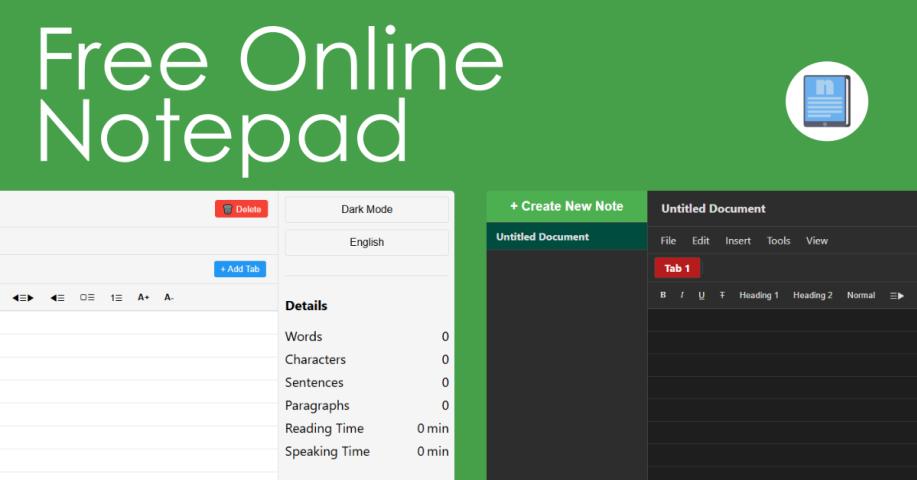In today’s competitive IT job market, having a professional certification like CCNA (Cisco Certified Network Associate) is a significant step toward building a successful career in networking. Completing a CCNA course validates your technical skills and makes your resume more credible to recruiters and employers.
But certification alone isn't enough. Your resume needs to reflect not just your credentials but also your practical skills, achievements, and potential. Let’s explore the most effective resume tips tailored specifically for CCNA-certified network engineers.
1. Start with a Strong Professional Summary
Your resume should open with a compelling professional summary—2 to 3 lines that describe who you are and what value you bring. For instance:
“Cisco Certified Network Associate with 2+ years of hands-on experience in configuring and troubleshooting network infrastructures. Passionate about designing secure, scalable network systems aligned with enterprise goals.”
This instantly tells the recruiter what you're certified in and gives a snapshot of your capabilities.
2. List Certifications Clearly and Prominently
Since you're CCNA-certified, make sure to highlight this prominently under a “Certifications” section. Include the full name, issuing body (Cisco), and the year obtained. Example:
Cisco Certified Network Associate (CCNA) – Cisco Systems – 2024
If you’ve completed any specialization or are pursuing further certifications like CCNP, mention those as well.
3. Include Technical Skills Relevant to CCNA
Make a bullet list of your technical proficiencies related to the CCNA syllabus. Here are some suggestions:
IP addressing and subnetting
VLANs and trunking
Routing protocols: OSPF, EIGRP
WAN technologies
Cisco Packet Tracer & GNS3
ACLs and NAT configuration
Network troubleshooting tools
This helps both recruiters and applicant tracking systems (ATS) quickly scan your capabilities.
4. Focus on Hands-On Experience & Projects
Whether you’ve worked in a real job or practiced in a lab environment, employers want to see how you apply your knowledge. Use the STAR method (Situation, Task, Action, Result) to describe projects or work experiences. For example:
Network Support Intern | TechNexa Solutions | Jan 2024 – June 2024
Configured and maintained Cisco routers and switches for internal testing.
Created VLANs and implemented trunking to segment network traffic.
Improved internal network performance by 18% through optimized routing.
Even personal or training-based lab projects can be included if explained clearly.
5. Tailor Each Resume to the Job Description
A generic resume won’t cut it. Analyze the job posting and modify your resume to reflect the exact skills and experience the employer is looking for. If a job emphasizes security features or cloud integration, be sure to highlight your relevant experience.
Using keywords from the job description also improves your chances of passing through ATS filters.
6. Use Action Verbs and Quantify Achievements
Avoid passive language. Use action verbs such as "configured", "deployed", "troubleshot", "monitored", and "implemented." Wherever possible, quantify your impact:
Reduced downtime by 25% by implementing a failover routing configuration
Managed 50+ Cisco devices across 5 branch locations
Assisted in a network migration that increased data transfer efficiency by 30%
7. Keep It Concise and Error-Free
Your resume should ideally be one page (for those with <5 years of experience) or two pages max. Use professional fonts, consistent formatting, and proofread for grammar or spelling mistakes. A polished resume reflects your attention to detail—an essential trait in networking roles.
8. Add Soft Skills and Relevant Tools
Employers also value communication, teamwork, and problem-solving. If you’ve worked in a helpdesk, cross-functional team, or customer-facing role, mention that.
Also, list relevant tools and platforms such as:
Wireshark
SolarWinds
GNS3
Cisco IOS CLI
Microsoft Visio (for network diagrams)
9. Include a LinkedIn Profile or GitHub
A strong LinkedIn profile that mirrors your resume boosts credibility. If you've shared any lab work, network diagrams, or GNS3 topologies on GitHub or a portfolio site, link to those. This sets you apart from candidates with just a paper resume.
10. Boost Your Resume with Continuous Learning
Networking is constantly evolving. Employers are impressed by candidates who pursue continuous learning. If you're enrolled in CCNA online training, be sure to include this in a section like “Ongoing Training” or “Professional Development.”
It shows initiative and a drive to stay updated with the latest technologies.
Conclusion
A CCNA certification opens doors, but your resume is what gets you into the interview room. By showcasing your skills, experience, and passion in a structured and optimized way, you’ll increase your chances of landing interviews for network engineer roles.
Whether you're fresh out of a bootcamp or polishing up after years in IT, pairing your credentials with a standout resume is key. If you’re looking to boost your knowledge or fill in any gaps, consider enrolling in CCNA online training to stay sharp, confident, and career-ready.



